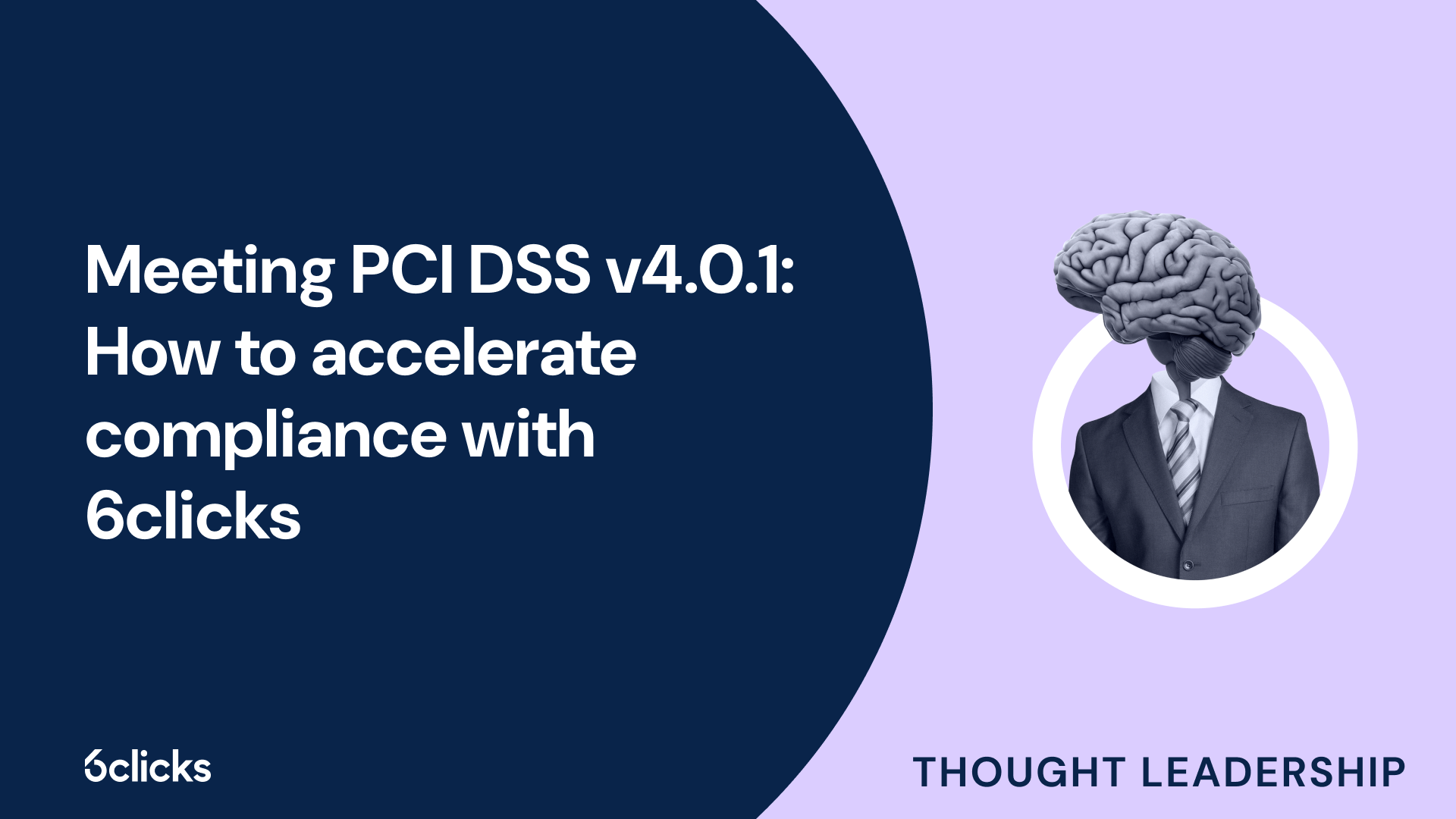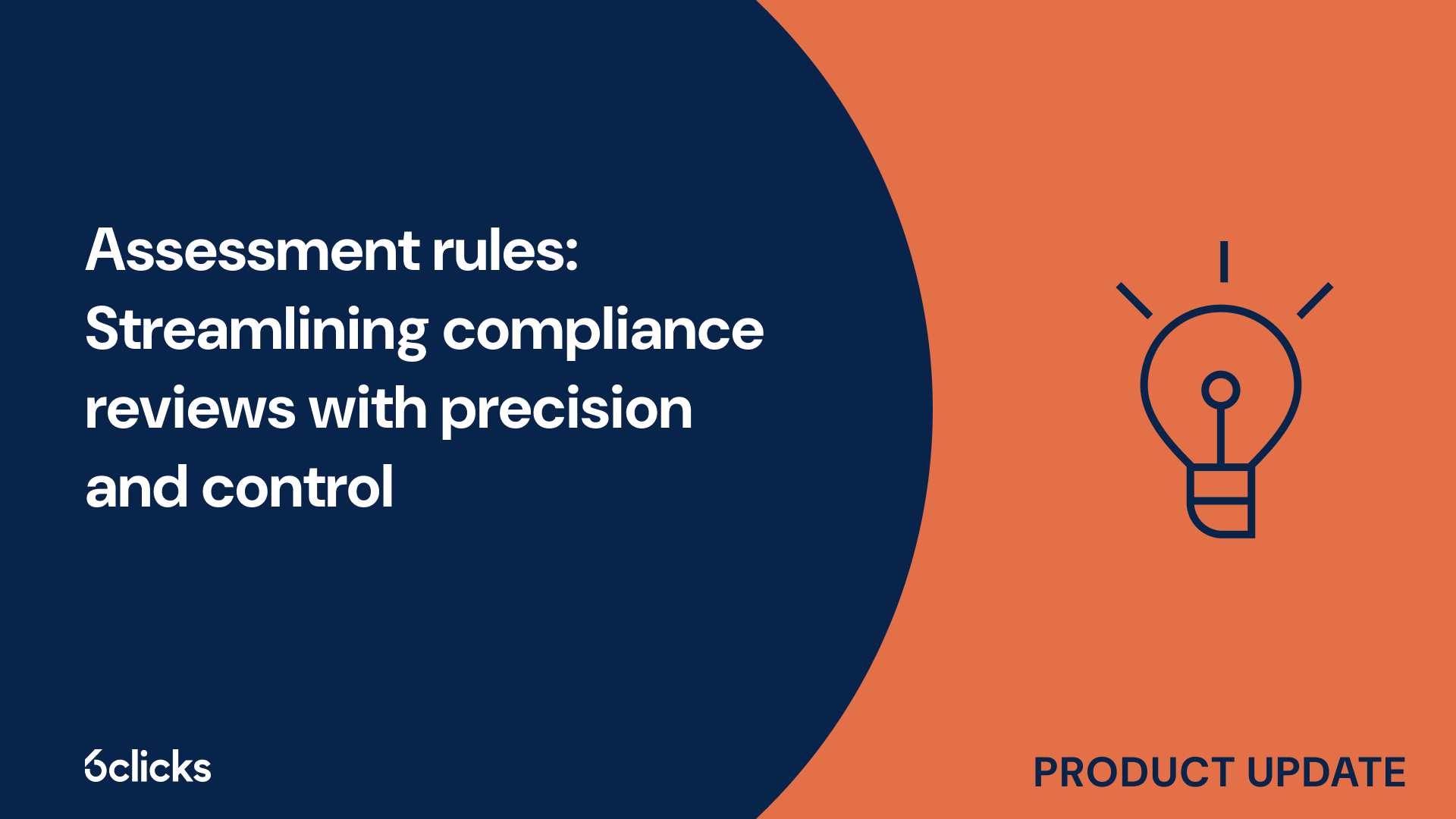The GRC buyer’s guide for 2025: Building resilience with AI-powered, federated solutions
Discover the ultimate GRC buyer's guide for 2025! Uncover how AI-powered, federated solutions transform compliance and security management for industries like government, aerospace, banking, and more. Learn about centralized control, continuous compliance, and advanced cyber GRC capabilities. Download now!
-1.png?width=200&height=249&name=Group%20193%20(1)-1.png)
The GRC buyer’s guide for 2025: Building resilience with AI-powered, federated solutions
Overview
An Information Security Management System (ISMS) is a structured way for organizations to protect their sensitive information. It focuses on keeping information confidential, accurate, and accessible when needed.
An ISMS helps organizations:
- Identify and manage security risks.
- Set security goals.
- Apply the right security measures.
It provides clear principles and guidelines to create effective security practices. In this article, we’ll explore the three main principles of an ISMS. These principles help organizations strengthen their security, reduce risks, and meet regulatory requirements while protecting critical information.
The three key principles of an Information Security Management System (ISMS)
1. Confidentiality
Confidentiality ensures that sensitive information is only accessible to those who have proper authorization. This protects against unauthorized access, theft, or leakage of data.
How it's implemented:
- Access control: Limiting who can view or handle sensitive information based on roles and responsibilities.
- Encryption: Encrypting data so that only authorized parties can read it, even if it is intercepted.
- Authentication and authorization: Using strong passwords, multi-factor authentication, and other measures to verify users before allowing them to access confidential information.
- Data classification: Labeling information according to its sensitivity to ensure that it is handled appropriately.
Example: Ensuring that only HR personnel have access to employee records, or encrypting financial data to protect it from unauthorized exposure.
2. Integrity
Integrity ensures that the information is accurate, consistent, and reliable. It involves protecting data from unauthorized alterations, ensuring that the data remains correct and trustworthy.
How it's implemented:
- Data validation: Ensuring that data is accurate at the point of entry and throughout its lifecycle.
- Audit trails: Creating logs that track who accessed or changed the data, providing a history of actions taken.
- Checksums/hashing: Using cryptographic techniques to ensure that data has not been tampered with or corrupted, by generating a unique code (hash) that corresponds to the data.
- Version control: Keeping track of changes to documents or data to ensure that the most recent and correct version is in use.
Example: Verifying that customer order information remains accurate during processing or ensuring that financial statements are not altered after being prepared.
3. Availability
Availability ensures that information and systems are accessible and operational when needed. It focuses on minimizing downtime and ensuring that authorized users can access data without delays or interruptions.
How it's implemented:
- Backup and recovery: Regularly backing up critical data and creating disaster recovery plans so that information can be restored quickly if lost or corrupted.
- Redundancy: Using multiple servers or systems to prevent a single point of failure, ensuring that if one system goes down, another can take over.
- Monitoring: Continuously monitoring systems and networks for potential issues, such as outages or slowdowns, and addressing them before they affect availability.
- Load balancing: Distributing network traffic across multiple servers to ensure that no single server becomes overwhelmed, keeping services running smoothly.
Example: Ensuring that a website remains online even if one server fails, or making sure that employees can access their email and documents even during a power outage by having backup systems in place.
These three principles (Confidentiality, Integrity, and Availability), often referred to as the CIA Triad, form the foundation of an ISMS and guide organizations in their efforts to protect their information assets. By addressing each principle, organizations can create a comprehensive and effective security strategy that safeguards sensitive data and supports business operations.
Benefits of adopting the three principles of ISMS
Adopting the three principles of ISMS—Confidentiality, Integrity, and Availability—offers several significant benefits for organizations:
1. Enhanced security and risk management
By focusing on confidentiality, integrity, and availability, organizations can better identify and manage security risks. These principles provide a clear framework for protecting sensitive data from unauthorized access, corruption, or loss, reducing the likelihood of security breaches and their impact.
2. Improved compliance with regulations
Many industries have strict regulations regarding data protection and privacy. Adhering to the ISMS principles helps organizations comply with legal and regulatory requirements, such as GDPR, HIPAA, or ISO 27001, ensuring they avoid fines and reputational damage.
3. Increased trust and confidence
When organizations demonstrate their commitment to safeguarding sensitive information, they build trust with customers, partners, and stakeholders. Protecting data confidentiality and integrity reassures clients that their information is in safe hands, which can lead to stronger business relationships and a competitive advantage.
4. Operational continuity
The principle of availability ensures that critical systems and data remain accessible when needed. By implementing appropriate measures for backup, disaster recovery, and redundancy, organizations can minimize downtime and maintain business continuity, even during unexpected events.
5. Better decision-making and efficiency
With accurate and reliable data (integrity) readily accessible (availability), decision-makers can make informed choices quickly. The consistent protection of data ensures that the organization operates based on trustworthy and up-to-date information, leading to more effective strategies and improved performance.
6. Reduced financial losses and legal liabilities
By preventing data breaches, fraud, and operational disruptions, organizations can avoid costly legal consequences, compensation claims, and reputational damage. Implementing these principles proactively can reduce the financial impact of security incidents.
Adopting the principles of ISMS enables organizations to establish a strong security framework that not only protects sensitive information but also enhances business resilience, ensures regulatory compliance, and builds greater trust with stakeholders.
Summary
An Information Security Management System (ISMS) provides a structured approach to protecting an organization’s sensitive information by focusing on its confidentiality, integrity, and availability. By identifying and managing security risks, setting security goals, and applying appropriate security measures, an ISMS helps organizations safeguard their critical data. The three key principles—Confidentiality, Integrity, and Availability—form the foundation of this system, guiding organizations to protect sensitive information, ensure its accuracy, and maintain its accessibility when needed. By adopting these principles, organizations can strengthen their security posture, comply with regulations, and enhance trust with stakeholders, while ensuring the continuity of their operations and mitigating financial and legal risks.
How 6clicks can help
- Align your ISMS with ISO 27001, the world's best-known standard for information security management systems
- Asset management: Catalog, organize, and link assets to their associated risks and controls
- Risk management: Perform risk assessments and create risk treatment plans to identify and address potential threats and vulnerabilities
- Control management: Implement security controls and use continuous monitoring to ensure effectiveness and identify issues in real time





.jpg?width=302&height=170&name=eBook%20Title%20-%20Risk%20management%20for%20ISO%2027001%20and%20ISMS%20expert%20guide%20eBook%20(1).jpg)

.jpg?width=302&height=170&name=eBook%20Title%20-%20ISO%2027002%20expert%20guide%20eBook%20(1).jpg)





